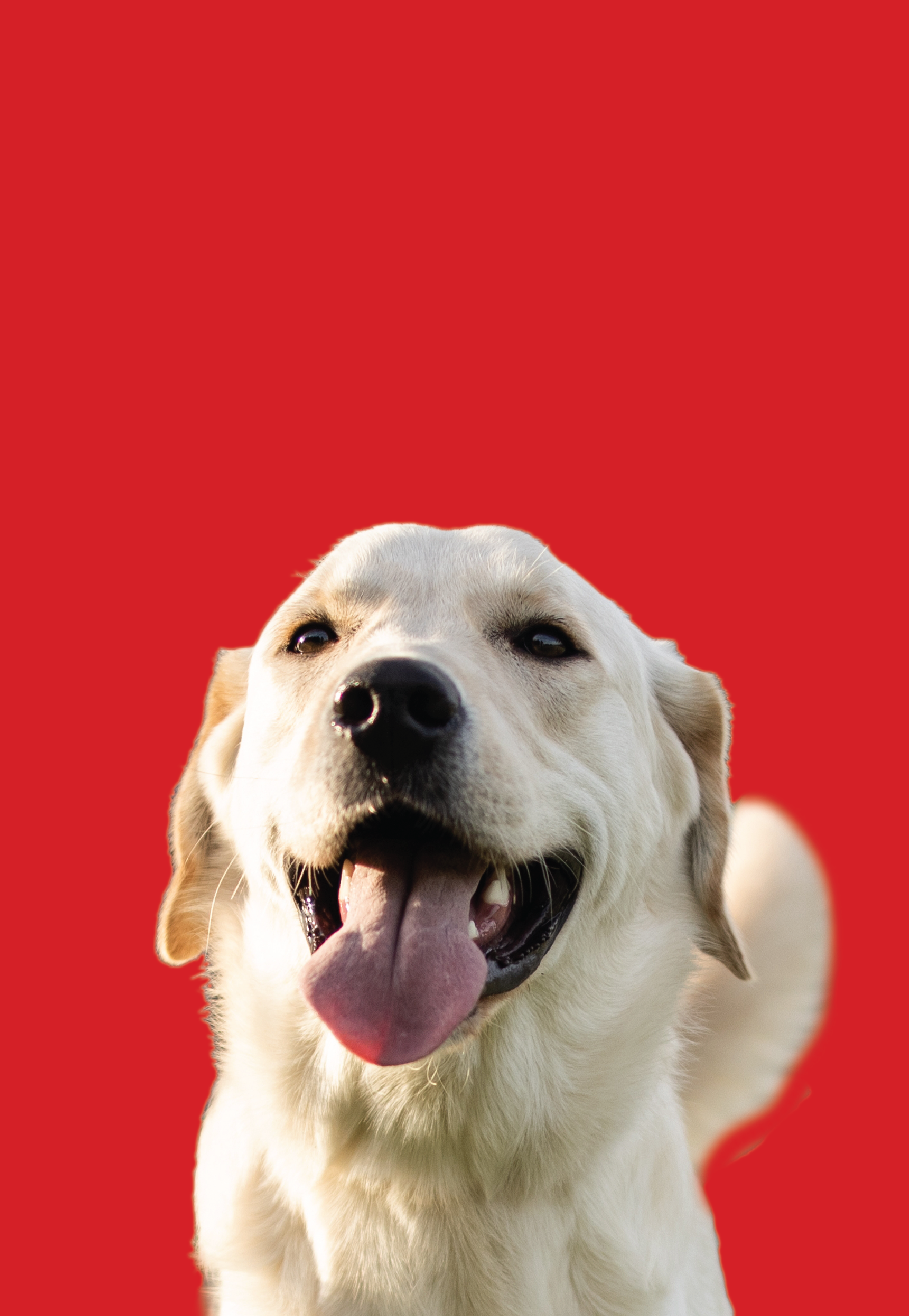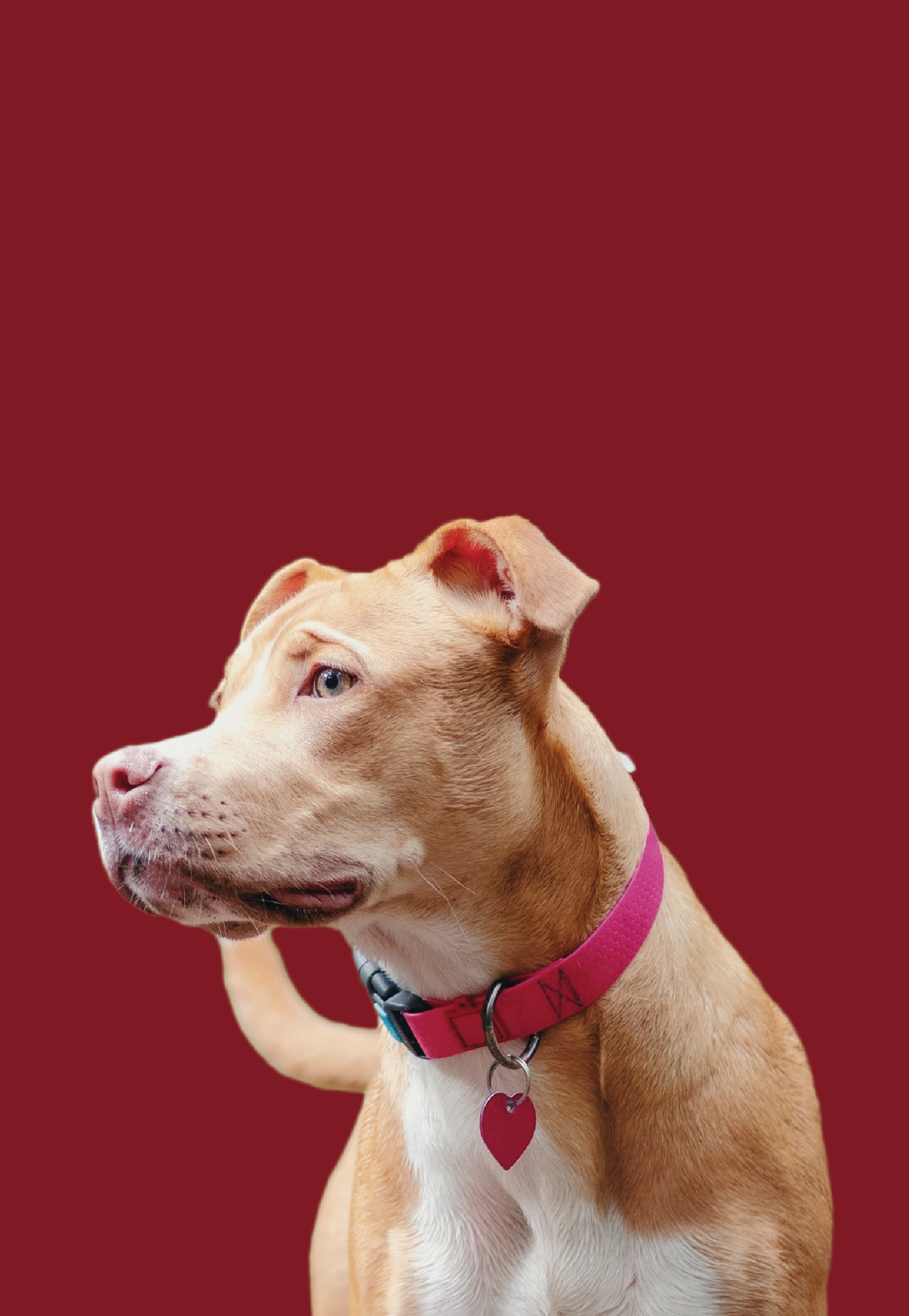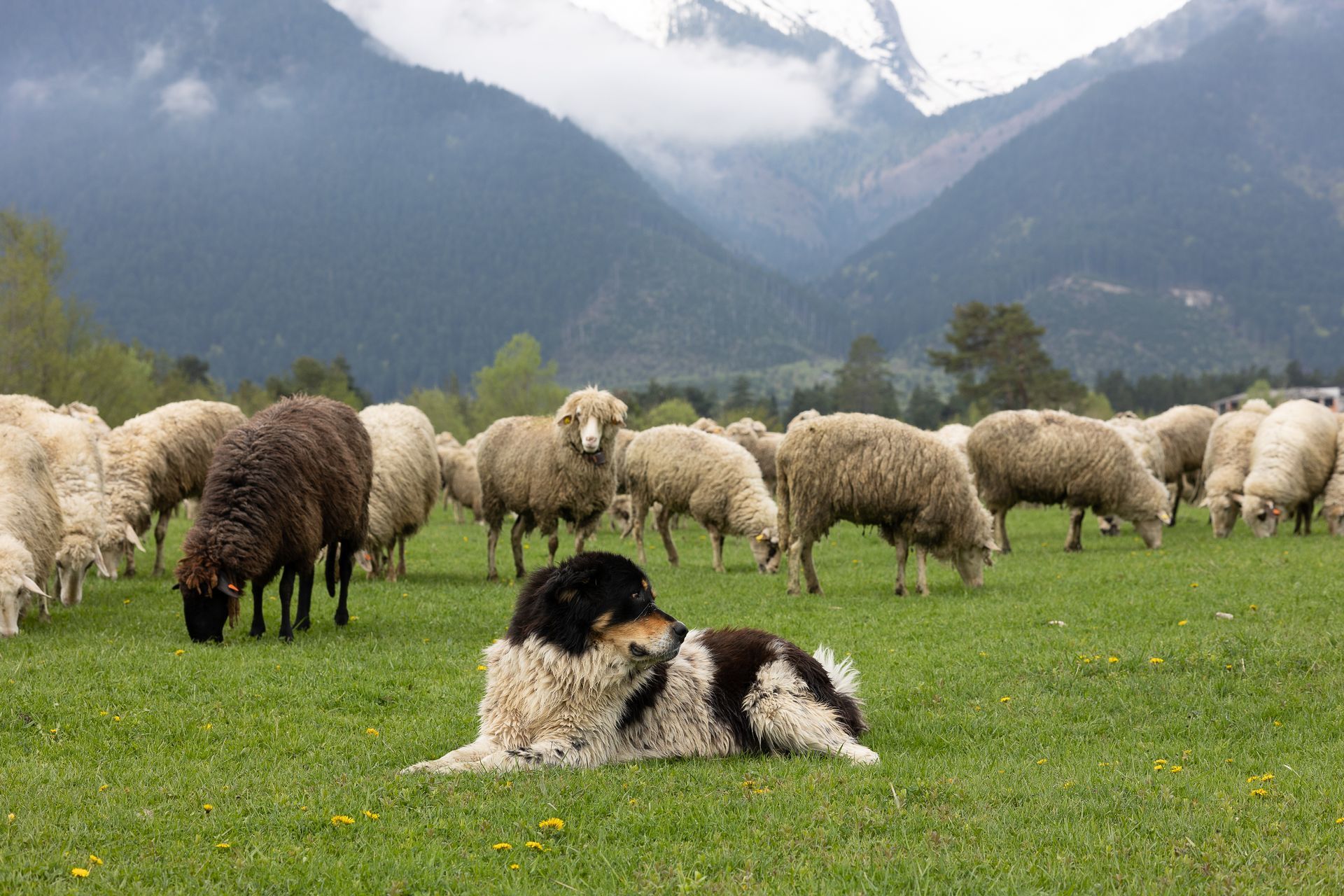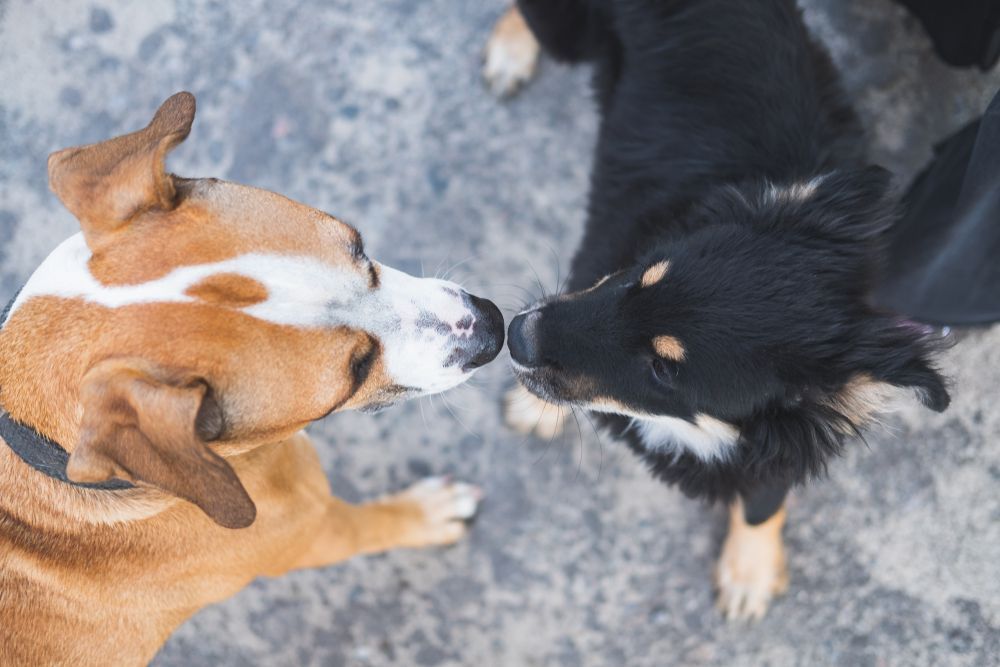How to Stop Your Dog from Chasing Your Cat
Share this Article:
Written by: Always Faithful Dog Training
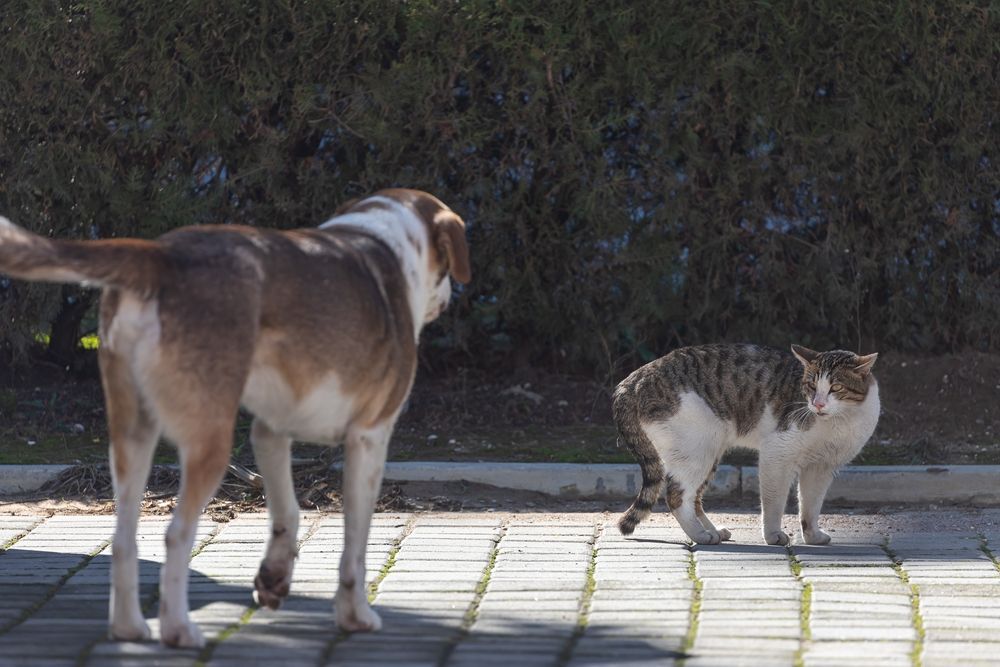
If your dog is constantly chasing your cat, it can create stress for both your pets and your household. While it's natural for dogs to have a prey drive, it’s important to address this behavior to maintain peace between your furry friends. Learning how to get your dog to stop chasing your cat takes patience, consistency, and the right training methods. With the proper approach, you can help your pets coexist calmly.
Are Dogs and Cats Incompatible?
Contrary to popular belief, dogs and cats aren’t natural enemies. While some dogs have a strong instinct to chase, many can learn to live peacefully with cats. Whether or not your dog and cat are compatible often depends on their individual temperaments, early socialization, and the way they’re introduced to each other. Dogs tend to view cats as something to chase, especially if they have a high prey drive, but this doesn’t mean they can’t learn to coexist. With the right guidance and training, many dogs and cats can become calm, even friendly, companions.
Ways to Stop Your Dog from Chasing Your Cat
Stopping your dog from chasing your cat requires a mix of training, management, and patience. It's important to create clear boundaries and ensure both your dog and cat feel safe in the home. By using reliable techniques and reinforcing calm behavior, you can help your dog resist the urge to chase and encourage a more peaceful relationship between the two.
Establish Leadership
First and foremost, establish a relationship of leadership with your dogs. This is foundational to any behavior that you want to cultivate. Dogs are pack animals. In the wild, a dog’s mother and older pack members instinctively guide them to learn skills for survival. In your home, your dog is looking for a leader to establish rules/boundaries and guide them. Working with an Always Faithful Dog Training professional, you can create this environment where your dog thrives within the rules/boundaries that you set and instinctively wants to follow your lead.
Teach Commands
Teaching your dog basic commands like “sit,” “stay,” and “leave it” can be an effective way to manage their behavior around your cat. At Always Faithful Dog Training, we teach these commands without the use of treats. When we exchange treats for obedience, we create a transactional relationship – a “what’s in it for me” attitude. When this attitude prevails, utilizing their instinct to follow becomes more challenging. These commands help you redirect your dog’s attention when they become fixated on chasing. Start practicing in calm environments, then gradually introduce your cat into the mix. Consistent use of these commands allows you to regain control in moments when your dog becomes overly interested in the cat, showing them that chasing is not acceptable.
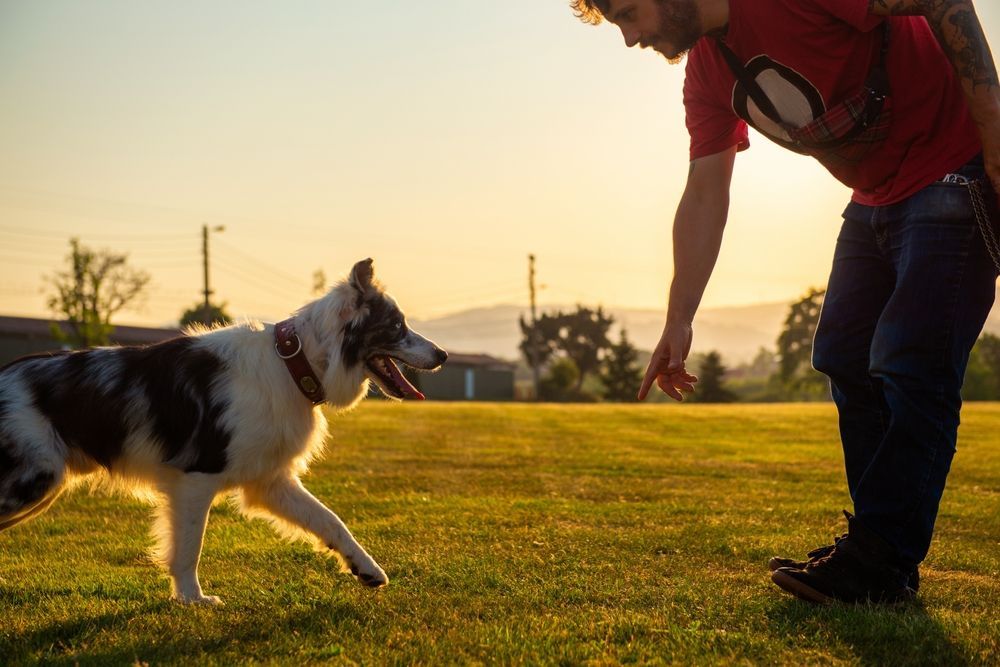
Have Separate Living Areas
Providing separate spaces for your furry friends prevents unwanted chasing and gives both pets a safe zone. This is especially useful when you’re not there to supervise. Create areas where your cat can retreat—like a room or a high perch—away from your dog’s reach. This setup reduces stress for both animals and allows your dog to gradually adjust to the cat’s presence without feeling the urge to chase.
Slowly Introduce Them
When introducing your dog and cat, a gradual approach is key to avoiding conflict. Keep initial interactions brief and controlled, using leashes or barriers to prevent chasing. Allow your dog and cat to observe each other from a distance, giving them time to adjust. Over time, as they grow more comfortable, you can increase their exposure to one another. Moving at a slow place helps both pets feel safe and prevents your dog from instinctively chasing the cat.
Redirect Behaviors
When your dog shows interest in chasing your cat, redirecting their attention to something else can help break the cycle. Use toys, commands, or activities that engage your dog’s focus away from the cat. For example, if your dog begins to chase, you can quickly offer a favorite toy or command them to sit. This teaches your dog to respond to you instead of their impulse to chase, helping them develop better habits over time.
Allow Natural Interactions
In the wild, animals learn from each other with a two-way flow of communication. Each animal shows their comfort level with the other’s actions and each should respond by either backing off or continuing. Allow time for this natural interaction. Some dogs fail to read the communication they are receiving and this is the time to intervene with either commands, redirecting or a break.
Keep Them Busy
A dog with plenty of mental and physical stimulation is less likely to focus on chasing the cat. Make sure your dog has enough daily exercise, playtime, and engaging activities to burn off excess energy. Puzzle toys, games, and regular walks can keep your dog occupied and reduce their urge to chase. A tired dog is often a calmer dog, which helps create a more peaceful dynamic between your dog and cat.
Remain Calm
Your dog can pick up on your emotions, so it's important to stay calm when they attempt to chase your cat. Reacting with frustration or anger can escalate the situation, making your dog more excitable. Instead, maintain a composed demeanor and use firm but gentle corrections. By staying calm and consistent, you set the tone for your dog to follow and help them understand that chasing the cat is not acceptable.
How to Get a Dog Used to a Cat
Getting your dog used to a cat requires a thoughtful approach. With patience and the right methods, your dog can learn to coexist peacefully with your cat. By gradually introducing them and guiding their interactions, you can help create a calm and harmonious environment for both pets.
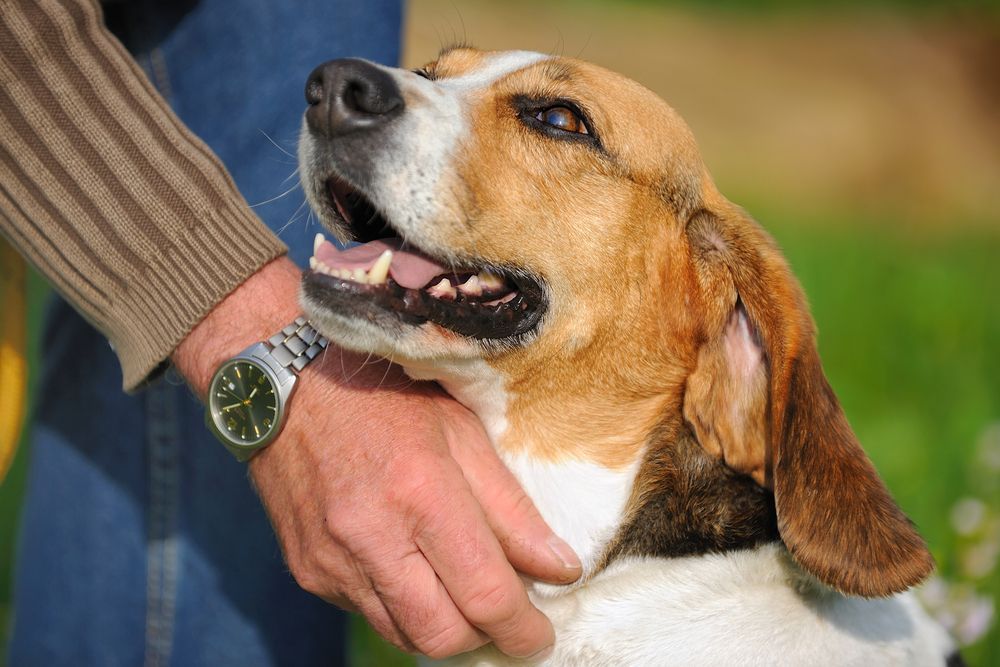
Praise Them for Good Behavior
Acknowledging and praising good behavior is key when getting your dog used to your cat. When your dog stays calm around the cat or follows commands, offer praise and encouragement. A simple “good job” or a gentle pat can reinforce the behavior you want to see. This helps your dog connect calm actions with positive outcomes. Be sure to give praise immediately, so your dog understands what they did right. Over time, this steady feedback will help reduce chasing and promote peaceful interactions with your cat.
Understand it May Take Time
Patience is key when helping your dog adjust to living with a cat. It’s important to remember that this process won’t happen overnight. Some dogs may take longer than others to fully learn that chasing isn’t acceptable. Progress can be gradual, and there may be setbacks along the way. Stick with the training, maintain a calm environment, and give your pets the time they need to adapt. With persistence and the right approach, your dog will eventually learn to coexist peacefully with your cat.
Our Behavior Modification Classes Can Help!
If you're struggling to get your dog to stop chasing your cat, our behavior modification classes can make all the difference. At Always Faithful Dog Training, we specialize in addressing challenging behaviors using proven, practical techniques. Our experienced trainers work with you and your dog in a personalized, one-on-one setting to ensure lasting results. Whether it's chasing, nipping, or other problematic actions, we provide the tools and guidance needed for a peaceful home environment.
Find a
trainer near you and learn how we can help your furry companions live in harmony.
Connect with Us:

